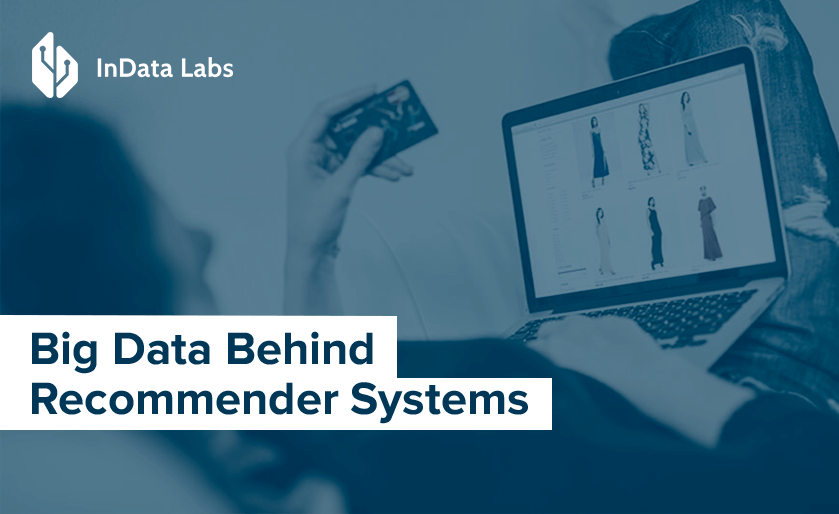Organizations know there is value in advanced analytics but struggle with understanding where and when they should use it. Let’s take a look at different analytics capabilities and examples of their application.
What is Advanced Analytics
Advanced Analytics is analytics of all kinds of data using sophisticated techniques and tools, usually beyond those of traditional business intelligence (BI) to predict future events and outcomes, generate recommendations, or discover deeper insights.
At InData Labs we use such advanced analytics techniques as data mining, machine learning, pattern matching, semantic analysis, sentiment analysis, graph analysis, simulation, and etc.
Advanced analytics, based on data science principles and methodologies, goes much further than descriptive analytics which is all about describing what happened in the past. This next phase of analytics enables organizations from different industries to minimize risks, identify fraud, increase customer loyalty and find new opportunities to generate more revenue.

The two types of advanced analytics that have potential to advance your business are predictive and prescriptive analytics.
Predictive analytics
Predictive analytics is used to analyze current and historical facts to predict previously unknown events or new information. Predictive analytics cannot tell you what will happen in the future, but it can forecast what might happen.
For example, when InData Labs social media analytics platform, performs sentiment analysis of customer feedback, we can say that predictive analytics is being performed, because customer sentiment is predicted based on messages from social media. We get new information from historical data. That’s predictive analytics.
According to 2015 survey on predictive marketing strategies by Forbes Insights predictive analytics is becoming a core part of enterprise marketing initiatives. Areas, where predictive analytics is typically being employed, are – measuring the effectiveness of marketing programs, sales support, segmentation, finding new prospects, recommendations, and etc.
How predictive analytics is used in marketing

Source: 2015 Survey on Predictive Marketing Strategies by Forbes Insights
Prescriptive analytics
Prescriptive analytics synthesize big data, predictive analytics and business rules to help business decision-makers take the best next action by suggesting one or more decision options and showing possible outcomes. Prescriptive analytics is the most sophisticated phase of business analytics. Although prescriptive analytics is relatively complex to adopt and administer, new tools and big data technologies have made it more accessible.
For example, InData Labs provides customer analytics engine that enables next best action marketing. It recommends the best product, price and channel of communication for every customer. The SaaS product helps marketers to make better decisions by using the prescriptive approach to data analysis.
Another good example of prescriptive analytics put into action is UniCredit bank, which uses prescriptive analytics to make better lending decisions and optimize its capital. Prescriptive analytics illustrates the implication of each decision option and suggests how to take advantage of a future opportunity or mitigate a future risk.
Advance your business
You might have noticed that advanced analytics helps to analyze large volumes of data while staying at a level of detail that was impossible to monitor and measure before. Advanced analytics makes it possible to discover where small improvements could be made. Such small changes like single-digit percentage increase in customer retention, performing loans, or fuel savings won’t produce a visible result in a moment, but when such improvements are made on a regular basis they can have a big effect.
Advanced analytics is becoming a major game changer in competitive landscapes. To get started with advanced data analytics you can follow the steps below:
- Choose a business problem that you want to address
- Win support from stakeholders in both the business and IT areas of your organization
- Identify the type of project you are ready to start with
- Identify the desired outcome
- Decide if you want to build skills and tools for advanced analytics internally
- Use outsourcing when you don’t have advanced analytics expertise in-house
Want to learn more about advanced analytics? Subscribe to our blog and get tips to move your business forward in big data analytics straight to your inbox.
Already have a project in mind? Let’s talk.
Using machine learning, AI and Big Data technologies InData Labs helps tech startups and enterprises explore new ways of leveraging data, implement highly complex and innovative projects, and build breakthrough AI products. Our core services include AI Software Development, Big Data Engineering, Data Science Consulting.


